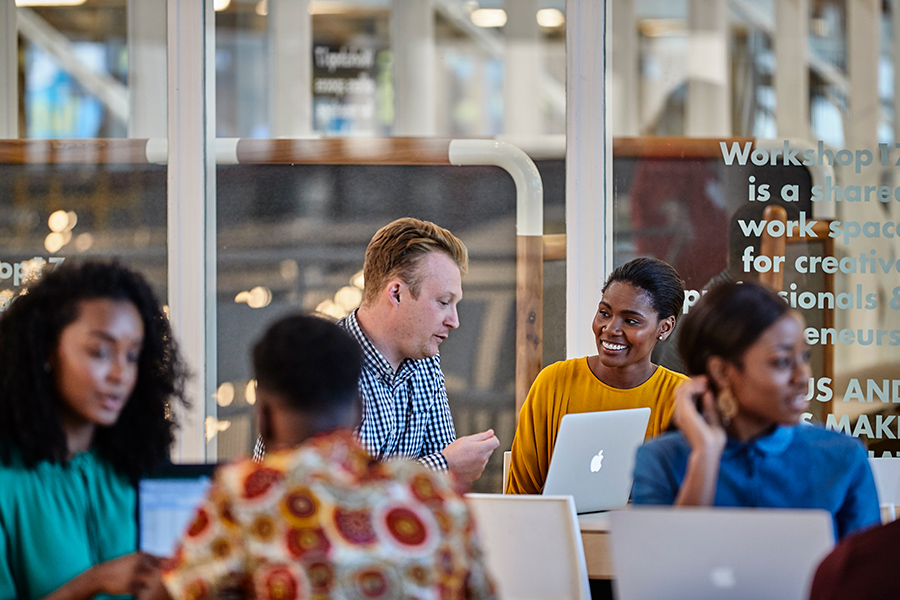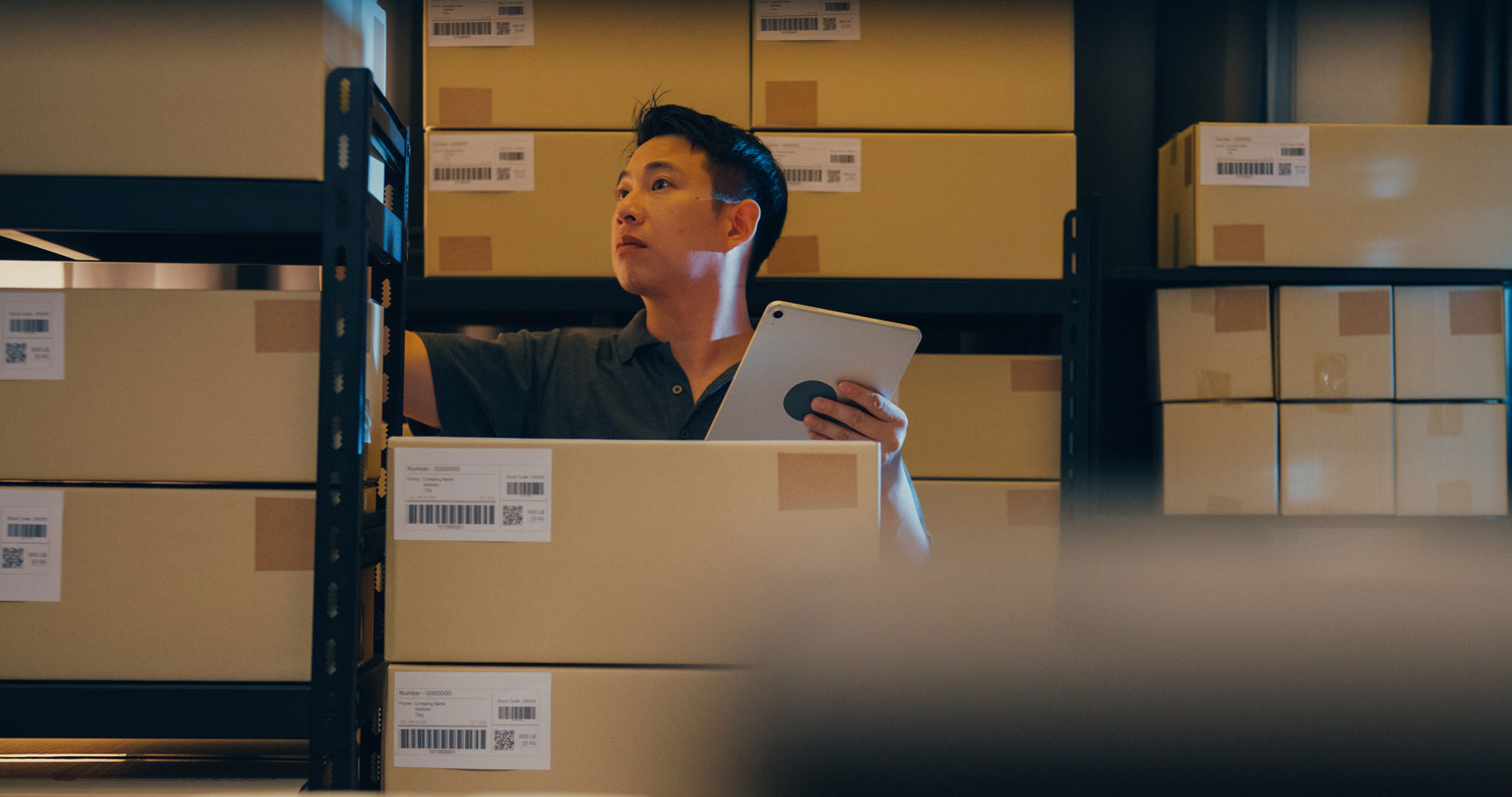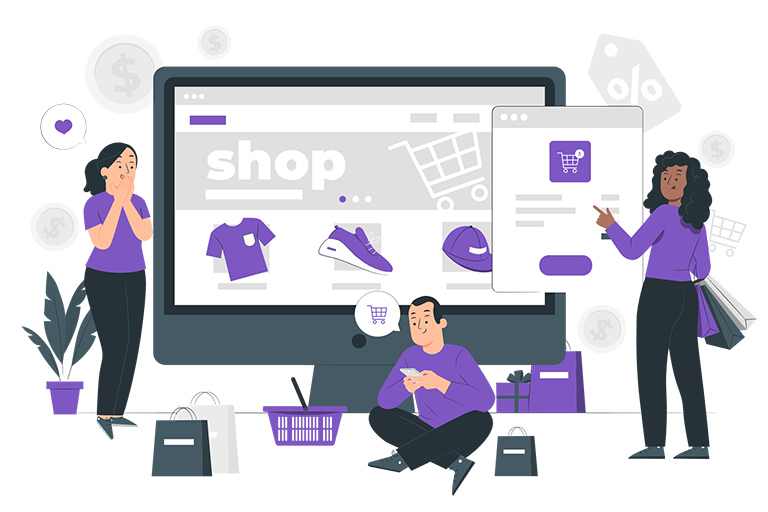Why E-Commerce Should Embrace The Circular Economy
Reverse logistics and the circular economy are becoming more crucial in helping e-commerce companies hit their sustainability goals.
- The circular economy uses a sustainable, shared lifecycle approach to operations and production.
- E-tailers can implement a reverse logistics strategy to create a more positive environmental impact.
- Natasha Parmanand explores opportunities and implications for small businesses in Africa and beyond.
Sustainability is an integral part of doing business today, driven by public demand for eco-friendly goods and services and increased ESG regulations. For the logistics sector, this is a great opportunity to reimagine processes to help minimize carbon emissions. The circular economy model is a great guiding principle.
How can the circular economy influence e-commerce logistics?
Instead of the linear economy model of production-consumption-disposal, the circular economy is based on a sustainable model of sharing, reusing, recycling and refurbishing products.
It offers an opportunity to integrate sustainable principles into the operations of the logistics business itself. One exciting circular economy e-commerce trend relates to reverse logistics: the return of goods from customers back to sellers or manufacturers.
It offers an opportunity to integrate sustainable principles into the operations of the logistics business itself. One exciting circular economy e-commerce trend relates to reverse logistics: the return of goods from customers back to sellers or manufacturers.
The importance of reverse logistics in e-commerce
Reverse logistics is a part of the circular economy, and it is a large market. A recent report estimated the size of the global reverse logistics market to be $646 billion in 2023, and saw it growing at 5% a year.
With reverse logistics, you can extend the life of every product.
The approach aligns with the principles of the South African Bill of Rights, which states that everyone has the right “to an environment that is not harmful to their health or wellbeing; and to have the environment protected, for the benefit of present and future generations.”
The government has even adopted a Circular Economy Guideline, with a focus on the waste sector. There is growing agreement that it is time for logistics providers to embrace these principles, right across the African continent.
With reverse logistics, you can extend the life of every product.
The approach aligns with the principles of the South African Bill of Rights, which states that everyone has the right “to an environment that is not harmful to their health or wellbeing; and to have the environment protected, for the benefit of present and future generations.”
The government has even adopted a Circular Economy Guideline, with a focus on the waste sector. There is growing agreement that it is time for logistics providers to embrace these principles, right across the African continent.

How e-commerce companies can adopt reverse logistics
The rise of e-commerce, driven by the pandemic, has become a key driver of small business and the logistics sector.
The United States Department of Commerce International Trade Administration forecasts that Africa will surpass half a billion e-commerce users by 2025. Some predict the continent’s e-commerce market will be worth $46 billion by then.
With e-commerce as one of the greatest frontiers of opportunity in African trade, it’s crucial for e-commerce companies to start adopting reverse logistics to create a more positive impact on the environment.
The United States Department of Commerce International Trade Administration forecasts that Africa will surpass half a billion e-commerce users by 2025. Some predict the continent’s e-commerce market will be worth $46 billion by then.
With e-commerce as one of the greatest frontiers of opportunity in African trade, it’s crucial for e-commerce companies to start adopting reverse logistics to create a more positive impact on the environment.
Here are five ways e-commerce companies can implement reverse logistics:
1. Waste management
Waste management is a significant part of the reverse logistics industry. This can take the form of food banking, where excess food not sold is returned to the value chain for redistribution to the needy. Food waste can also be collected for reprocessing into biomass energy.
At FedEx, we identified opportunities to minimize food and packaging waste through a collaboration with Liviri. This ensures shipped food remains fresh, and packaging can be easily reused and recycled.
2. Product cascading
Another e-commerce reverse logistics application is in product cascading. This is where materials, components and peripherals associated with a product are kept in circulation for as long as possible. They are repaired and exchanged, and new designs are created that still work with existing designs.
3. Refurbishment
Refurbishment is another new service that manufacturers offer. It encourages customers to send in their used products for remanufacture, extending their lifespan to be used again by new and existing customers.
4. Recycling
E-commerce businesses should also look to create channels for recycling or waste management, even when a product has reached its due date.
Brands can, for example, incentivize customers to donate used items for recycling or reprocessing. This is especially important with e-waste, which can often be easily recycled. It’s, in fact, becoming a focus of emerging South African government policies.
5. Returns process
Finally, there are the fundamentals of a clear, simple returns process, where customers can easily return unwanted goods for replacement or refund. Returned goods become prime candidates for recycling or resale.
To facilitate this process, FedEx have designed packaging like the Reusable Padded Pak, which can be easily repurposed for product returns.
1. Waste management
Waste management is a significant part of the reverse logistics industry. This can take the form of food banking, where excess food not sold is returned to the value chain for redistribution to the needy. Food waste can also be collected for reprocessing into biomass energy.
At FedEx, we identified opportunities to minimize food and packaging waste through a collaboration with Liviri. This ensures shipped food remains fresh, and packaging can be easily reused and recycled.
2. Product cascading
Another e-commerce reverse logistics application is in product cascading. This is where materials, components and peripherals associated with a product are kept in circulation for as long as possible. They are repaired and exchanged, and new designs are created that still work with existing designs.
3. Refurbishment
Refurbishment is another new service that manufacturers offer. It encourages customers to send in their used products for remanufacture, extending their lifespan to be used again by new and existing customers.
4. Recycling
E-commerce businesses should also look to create channels for recycling or waste management, even when a product has reached its due date.
Brands can, for example, incentivize customers to donate used items for recycling or reprocessing. This is especially important with e-waste, which can often be easily recycled. It’s, in fact, becoming a focus of emerging South African government policies.
5. Returns process
Finally, there are the fundamentals of a clear, simple returns process, where customers can easily return unwanted goods for replacement or refund. Returned goods become prime candidates for recycling or resale.
To facilitate this process, FedEx have designed packaging like the Reusable Padded Pak, which can be easily repurposed for product returns.

Opportunities in Africa for reverse logistics
For small businesses in Africa, there are significant benefits to expanding their reverse logistics offerings. According to a recent study, businesses felt that a strong reverse logistics offering led to a stronger brand image, improved customer satisfaction, and helped profitability.
The recent ratification of the African Continental Free Trade Agreement is a powerful opportunity to build out Africa’s digital infrastructure and regulatory framework, facilitating more e-commerce opportunities for business owners.
In the world of e-commerce, it can be useful to think of the ongoing relationship between customers and clients, involving logistics and reverse logistics. As the circular economy truly takes root, e-commerce will shift from a one-way transaction to a more fulfilling, two-way interaction.
The recent ratification of the African Continental Free Trade Agreement is a powerful opportunity to build out Africa’s digital infrastructure and regulatory framework, facilitating more e-commerce opportunities for business owners.
In the world of e-commerce, it can be useful to think of the ongoing relationship between customers and clients, involving logistics and reverse logistics. As the circular economy truly takes root, e-commerce will shift from a one-way transaction to a more fulfilling, two-way interaction.
***


















 The Latest
The Latest